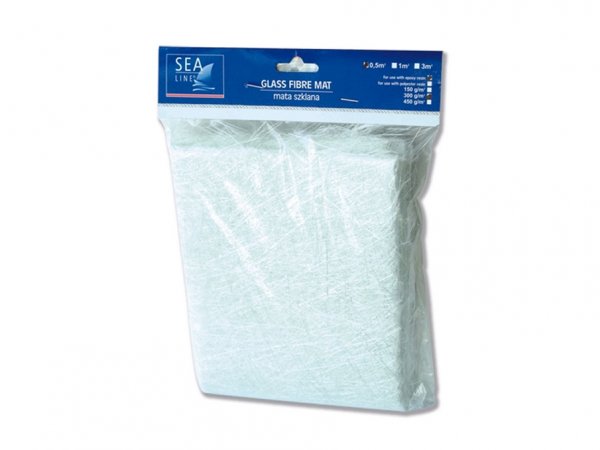
Tapis / Tissu de verre utilisé avec la résine à laminer sert à réparer les trous considérables dans les bâteaux, yachts, roulottes, etc.. Les éléments réparés peuvent être faits en acier, aluminium ou GRP renforé avec de fibres en verre. Les couches abtenues avec ces mats ont une bonne adhérence au support, sont solides, résistantes aux essences, huiles, lubrifiants et la température momentannée au 70ºC.
Ils sont utilises dans la production de stratifi es de polyester et de verre en tant que renfort de resine. Permettre une plus forte teneur en verre dans le stratifi e. Utilise dans la production d’un stratifi e certainement aider a reduire la consommation de resine dans l’obtention de parametres de resistance plus elevees. Peut-etre utilise avec les resines polyester ou epoxy.
Pour obtenir le stratifi é de pleine qualité et suffi samment fort, il convient d’utiliser la proportion en poids 2:1 – Résine : tapis de verre en poudre ou la proportion en poids 1:1 – Résine : textile de verre.
| Emballage: | g/m² | codes | résine d’efficacité théorique pour 1 emballage |
| 1 m² | 150 g / m² | 4490 | ~ 300 g |
| 300 g / m² | 4493 | ~ 600 g | |
| 450 g / m² | 4496 | ~ 900 g | |
| 3 m² | 150 g / m² | 4491 | ~ 900 g |
| 300 g / m² | 4494 | ~ 1,8 kg | |
| 450 g / m² | 4499 | ~ 2,7 kg |
| Emballage: | g/m² | codes | résine d’efficacité théorique pour 1 emballage |
| 1 m² | 300 g / m² | 4480 | ~ 600 g |
| 450 g / m² | 4483 | ~ 900 g | |
| 3 m² | 300 g / m² | 4481 | ~ 1,8 kg |
| 450 g / m² | 4484 | ~ 2,7 kg |
| Emballage: | g/m² | codes | résine d’efficacité théorique pour 1 emballage |
| 1 m² | 200 g / m² | 4464 | ~ 200 g |
| 400 g / m² | 4466 | ~ 400 g | |
| 3 m² | 200 g / m² | 4465 | ~ 600 g |
| 400 g / m² | 4467 | ~ 1, 2 kg |
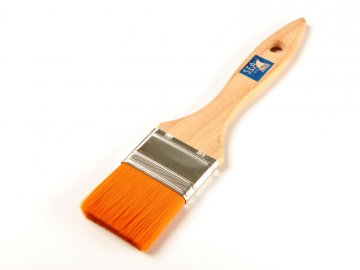
PINCEAU PROFESSIONAL SEA-LINE® PINCEAU SEA-LINE® ROULEAU SEA-LINE® CUVETTE SEA-LINE® MÉLANGEUR POUR LES PEINTURES SEA-LINE® GODETS DE MELANGE EN PLASTIQUE SEA-LINE® PASSOIRE EN […]
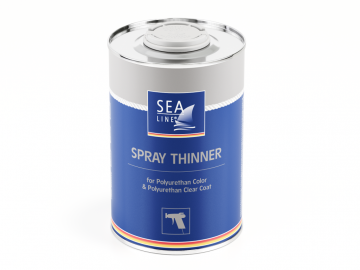
Le dilutif pour les produits polyuréthane est un mélange de dilutifs organiques choisis. Produit adapté à diluer les produits polyuréthane […]
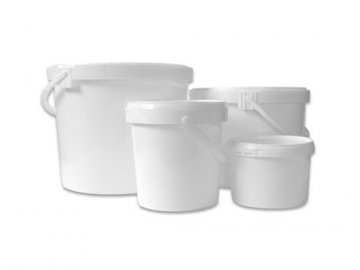
SEAUX EN PLASTIQUE AVEC COUVERCLE FLACON EN PLASTIQUE PEHD AVEC BOUCHON ET GRADUATION FLACON POUR LES RETOUCHES, AVEC PINCEAU INTÉGRÉ […]
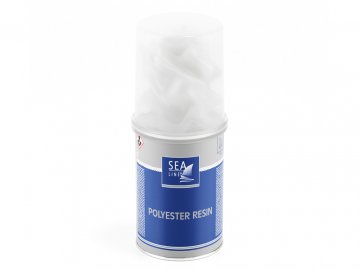
La résine polyester Sea-Line® est: une résine polyester de construction, conseillée pour le laminage, le renforcement des surfaces, l’obturation des […]
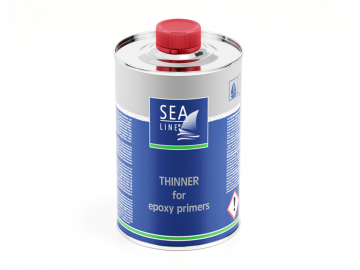
Dilutif epoxyde est un mélange de dilutifs organiques choisis.Ce produit est destiné à être utilisé avec Primaire époxydique et assure […]
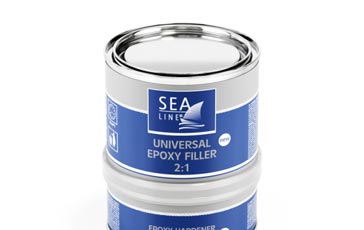
Le produit destiné au remplissage des lacunes et à la liquidation des inégalités résultant des dommages ou des inégalités qui […]
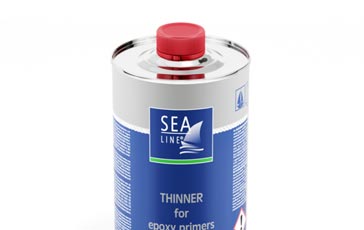
La protection de la surface du bateau contre l’influence destructrice de l’osmose et de la corrosion dans des conditions difficiles
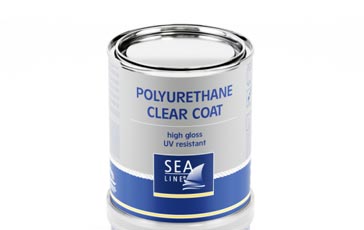
La protection contre l’eau et contre l’influence néfaste des rayons UV
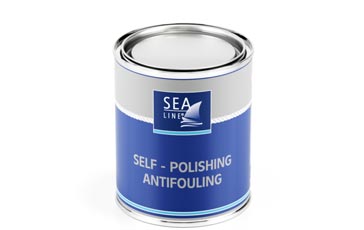
La protection du fond du bateau contre l’encrassement par les algues et contre les coquillages. La protection contre l’eau
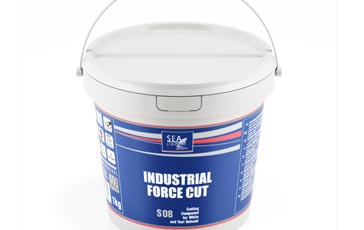
Une élimination efficace des fissures, le rafraîchissement de la couleur et du brillant du gel coat ou du vernis
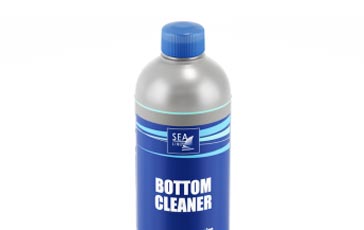
Préparations spéciales pour le nettoyage et la remise en vigueur
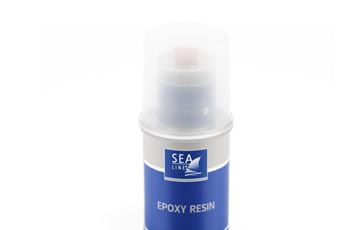
Laminage, collage et de remplissage des fissures dans gelcoat
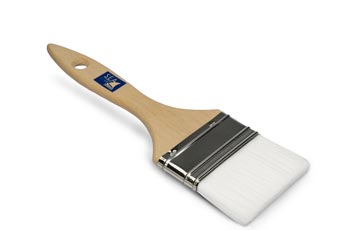
Beaucoup de produits utiles pour les travaux de construction d’un bateau